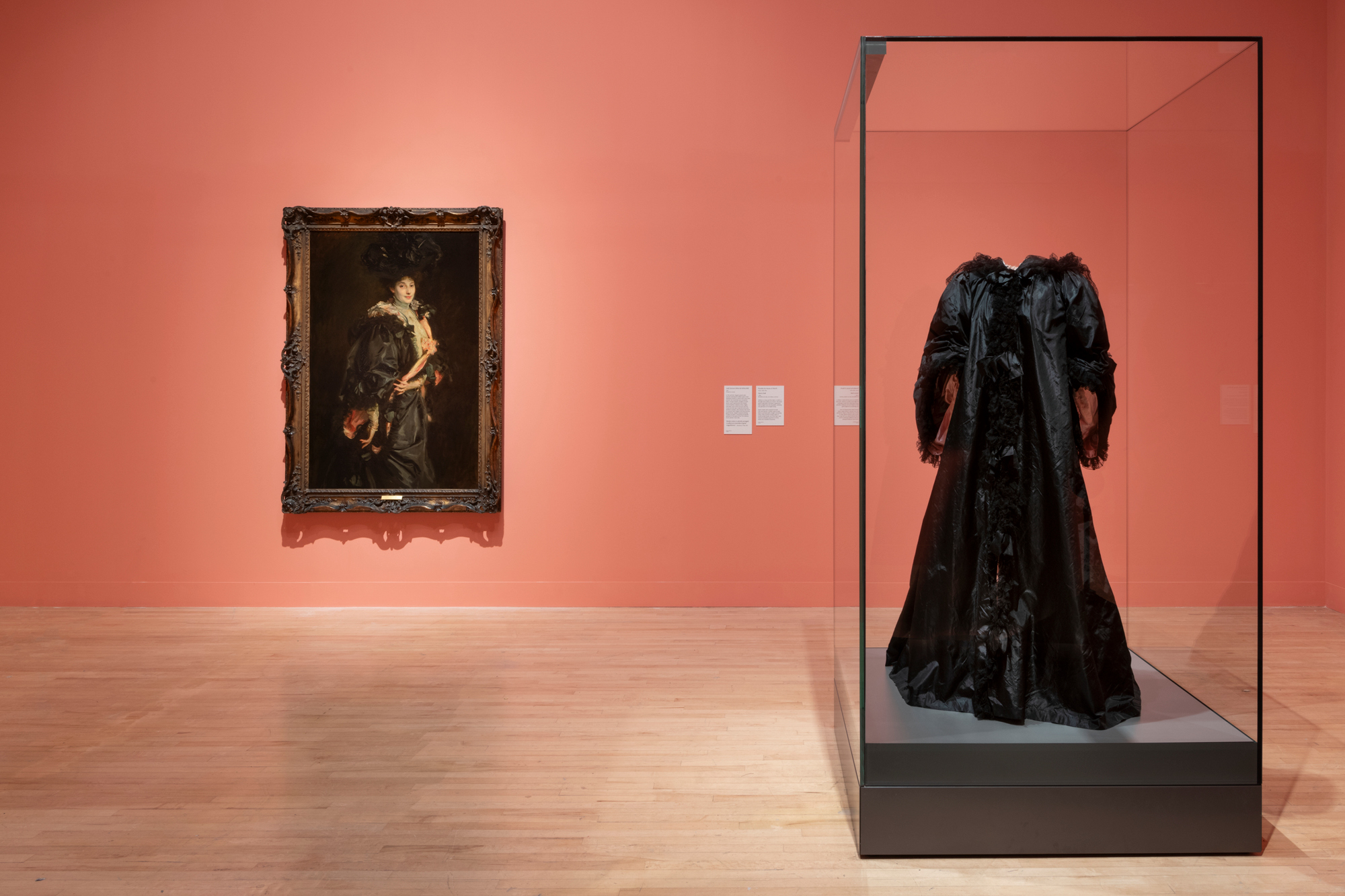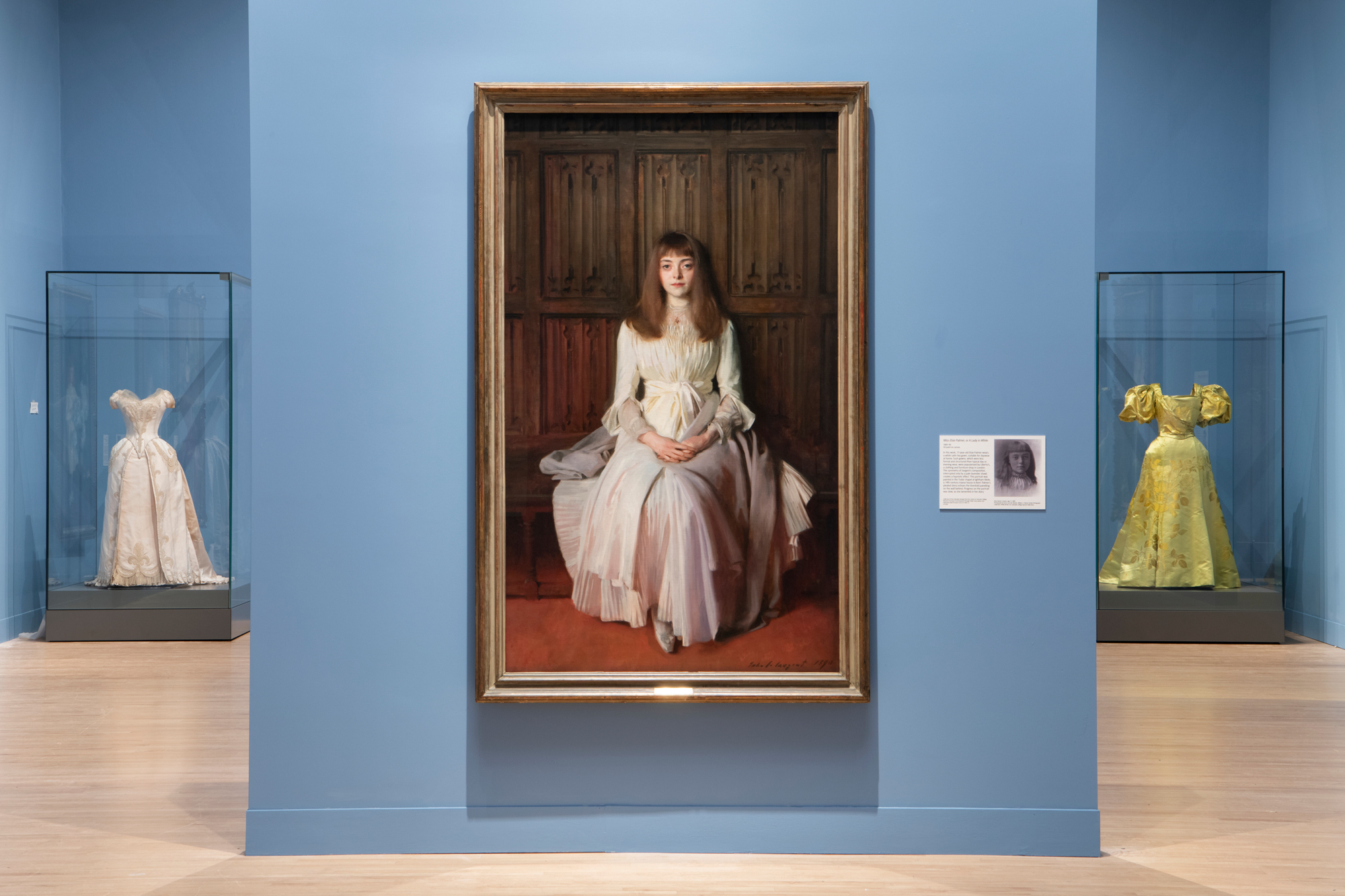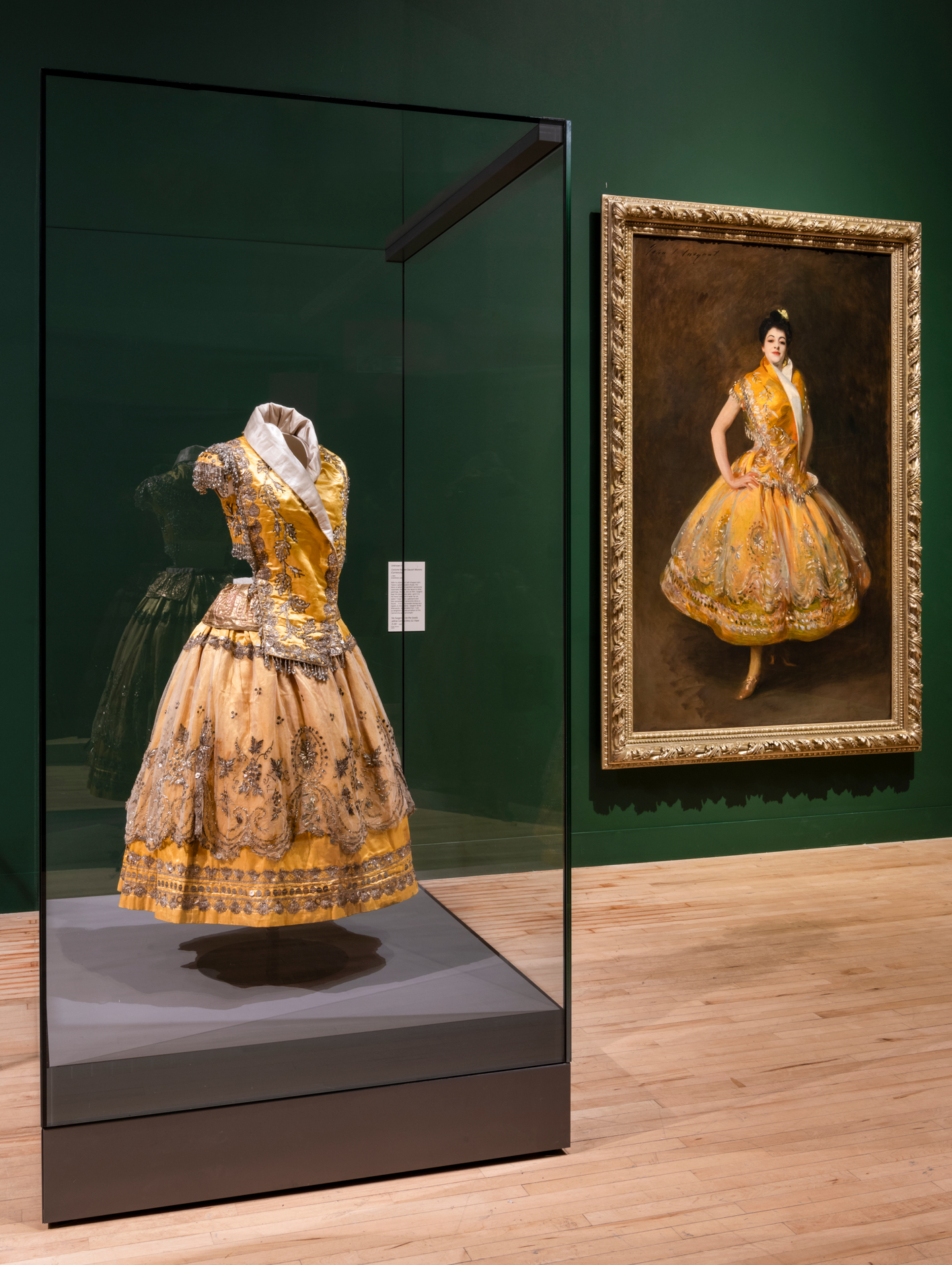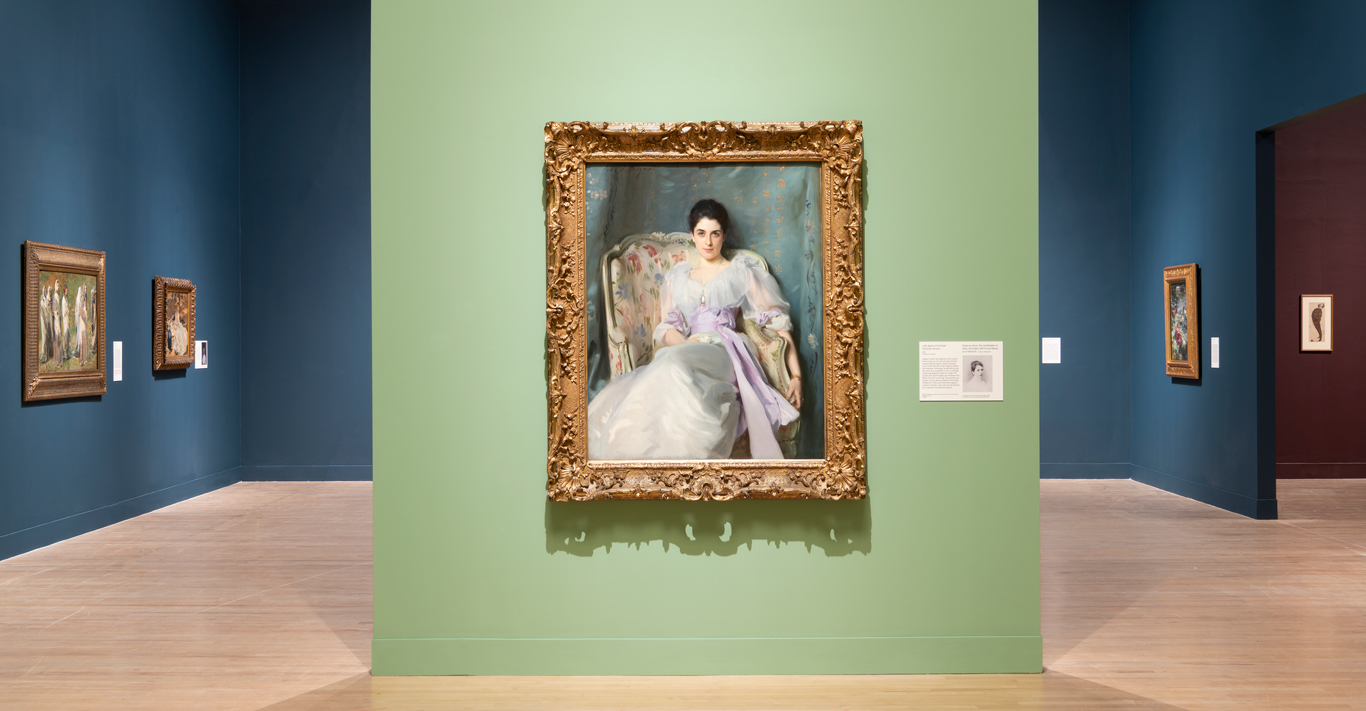WORDS
Emily Ball
Tate Britain’s Sargent and Fashion exhibition reunites painting and couture in a collection of glamorous society portraiture that harks back to an era of luxury and excess. Through a carefully curated selection of nearly 60 of Sargent’s most iconic works spanning his illustrious career, the exhibition offers a nuanced exploration of the intersection between art and fashion as seen through the lens of the renowned painter. This captivating selection gives a glimpse into the opulent but complex social dynamics in the late 19th and early 20th centuries and explores the social function of fashion and portraiture.

The show opens with Sargent’s Lady Sassoon (Aline de Rothschild) accompanied by the original silk cloak in which Sargent styled her, possibly by the esteemed House of Worth. Lady Sassoon sets the stage for what is perhaps the most anticipated work in the exhibition. Madame X (Madame Pierre Gautreau), travelling all the way from the Metropolitan Museum of Art, captures the drama and allure of both fashion and portraiture, but also their underlying social power. Known for its sensual nature, the original was far more scandalous than what appears before us today, originally depicting the socialite Virginie Gautreau with one dress strap slipping from her shoulder. Later this was rectified with both straps painted firmly on her shoulders. The piece remains a testament to Sargent’s mastery, despite the damage to both parties’ reputations after its debut at the Salon of 1844. However, Sargent would later claim: ‘I suppose it is the best thing I have done.’

Another jewel among the works on show is Ellen Terry as Lady Macbeth alongside the portrait’s striking green Beetle Wing Dress, a rare sight to witness two iconic pieces reunited. Terry was an inspiration to Sargent, who originally intended to paint a scene from the play, but was so enamoured by the drama and costume that he resolved to paint Terry in this pose to showcase the dress to its fullest. A rare opportunity to see Sargent’s painterly translation of garment to canvas. Sargent saw portraiture as a performance in itself.

Renowned as one of the foremost portrait painters of his generation, Sargent’s fashionable hand captured the colourful, cosmopolitan societies across Europe and North America. In this exhibition, curator James Finch breathes life into the work of Sargent by displaying the original pieces that adorned his glamorous sitters, and examines Sargent’s artful interpretation of couture. The exhibition is a journey through Sargent’s most admired works that shaped his career. From Carnation, Lily, Lily, Rose, credited with establishing him as a serious artist in British high society, to the provocative Madame X, which challenged the reputations of both sitter and painter, visitors are guided through the breadth of his formidable career, illuminating the lasting impact of fashion on his work.
Sargent and Fashion will be featured at Tate Britain until 7th July 2024; tate.org.uk





